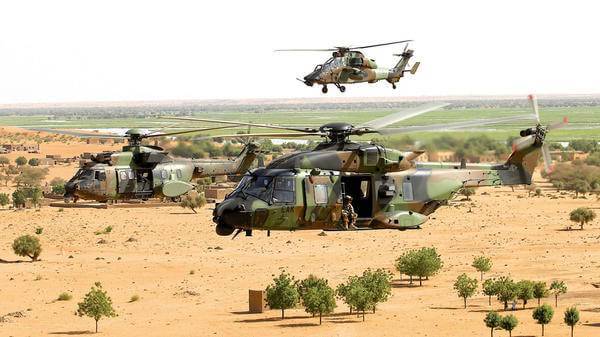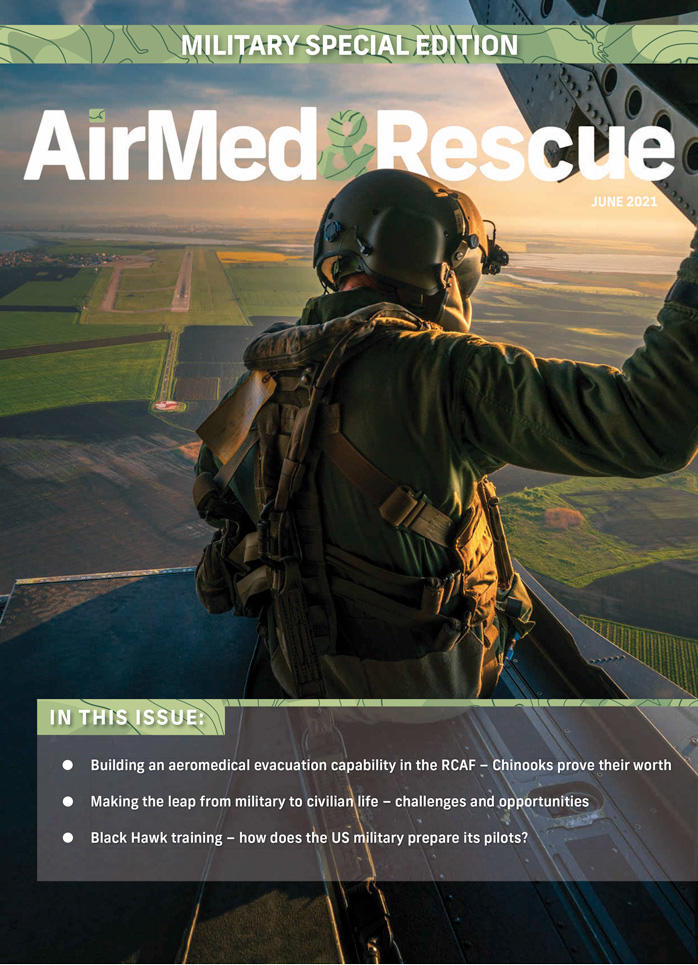Six years of combat operations in The Sahel for the NH90 Caïman Helicopter

Airbus reports on six years of combat operations in Mali, Africa, for NH90 helicopters
The first two NH90 Caïmans from the 1st Combat Helicopter Regiment (RHC) of the French Army Light Aviation (ALAT) unit arrived in Gao in November 2014 to take part in Operation Barkhane. Since then, these aircraft have had an increasingly valuable role in a mobile war being played out in an extremely difficult natural environment.
Keep up the pressure
“We are therefore totally independent in our management of air combat missions, with every tactical innovation opportunity that the Caïmans offer,” outlined Lieutenant Colonel Brice, Chief of Operations and Instruction, 1st Combat Helicopter Regiment. “The use of commandos transported by the Caïmans and support from the Tigers enables us to take aggressive action against an enemy that is difficult to locate. By manoeuvring very quickly day and night, we can keep up the pressure on the enemy and force them to make mistakes.”
Quick, reliable, with great autonomy and a large payload capacity even in the heat of summer (a dozen commandos despite temperatures above 45°C), the Caïmans are capable of operating far from their bases. “With very little notice, on the basis of information received, we can deploy our Caïmans to secure a suspicious area,” adds Lieutenant Colonel Brice.
Surprise the enemy
Speed is an asset often mentioned by operators: the Caïman is capable of moving in harmony with the Tiger and surprising the enemy by coming in very fast and very low. The commandos are on the ground before the enemy has the time to understand where the threat is coming from. If necessary, the helicopters can pick the commandos up and drop them off again a few kilometers away in the blink of an eye, repeating the maneuver as many times as necessary. This leapfrogging makes it possible to outpace an enemy that often travels by motorbike and is renowned for quickly disappearing into the landscape.
Both day and night
“The most remarkable thing is that the Caïman allows us to conduct these offensive actions in the middle of the desert, through the darkest of nights,” Lieutenant Colonel Brice adds. “The four-axis autopilot, fly-by-wire flight controls and forward-looking infrared (FLIR) navigation in the TopOwl helmet-mounted display combine to deliver assault landing capacities unique to an aircraft of this category. In fact, we’re still learning to take full advantage of its huge potential.” One target for action includes battlefield digitalization: today, the crew of a Caïman on their way to a combat zone can receive real-time updates of the tactical situation on their screens, then inform the commandos onboard by intercom. The fluidity of the manoeuvre is already boosting the crews’ capabilities, but in future, when commandos can plug their digital tablets directly into the onboard network to share information, it will be even more so.

© Airbus Helicopters

© Airbus Helicopters

June 2021
Issue
In this issue:
- Building an aeromedical evacuation capability in the RCAF – Chinooks prove their worth
- Making the leap from military to civilian life – challenges and opportunities
- Black Hawk training – how does the US military prepares its pilots?
- Giving old aircraft a new lease of life as aerial firefighters
- Interviews: US Air Force PJs past and present; Dr Neville Vlok, HALO Aviation
- Provider Profile: Keewatin Air
Mandy Langfield
Mandy Langfield is Director of Publishing for Voyageur Publishing & Events. She was Editor of AirMed&Rescue from December 2017 until April 2021. Her favourite helicopter is the Chinook, having grown up near an RAF training ground!


